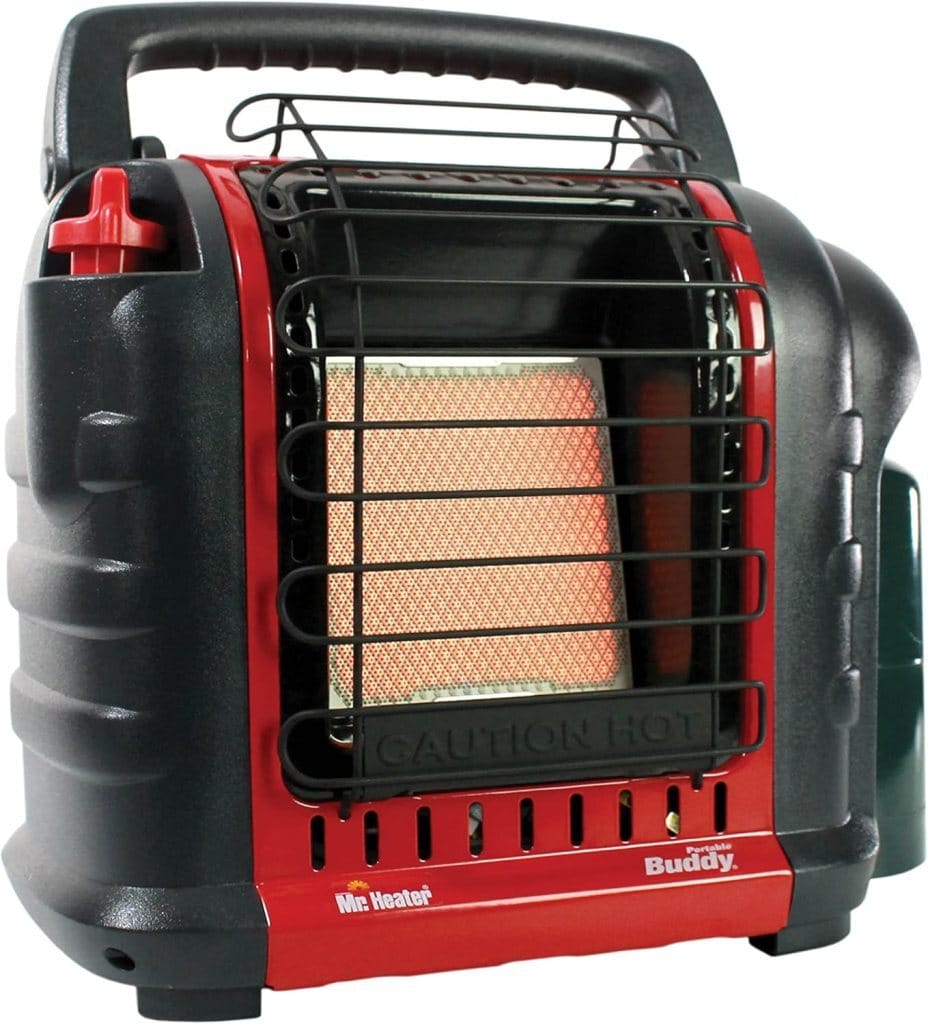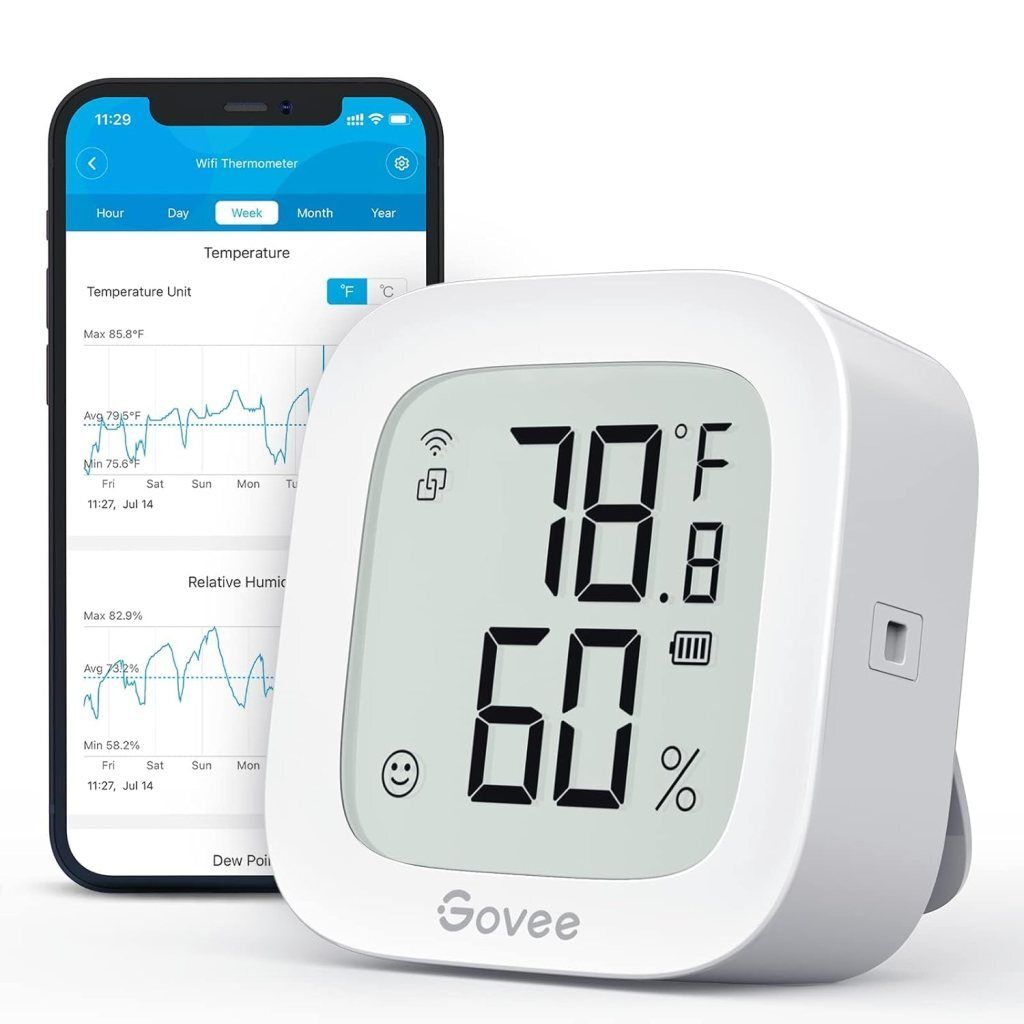- Ark's Newsletter
- Posts
- Surviving a FREEZING 25°F Night in My Campervan—A Real #VanLife Winter Challenge
Surviving a FREEZING 25°F Night in My Campervan—A Real #VanLife Winter Challenge
How I Prepped, Slept, and Stayed Warm in a Campervan During a Brutal Winter Night

Staying Warm in an Uninsulated Van: A Nomad’s Guide to Surviving 25-Degree Nights
Van life offers freedom and adventure, but it comes with challenges—especially when Mother Nature turns up the chill. For many van dwellers, avoiding extreme weather is key, but sometimes, you can’t outrun the cold. In a recent video shared by a seasoned van lifer, we get an inside look at practical strategies for staying comfortable in an uninsulated van during a 25-degree night. Drawing from years of experience, this nomad shares tried-and-true tips that blend preparation, smart gear choices, and a bit of stubborn ingenuity. Whether you’re a full-time van resident or just prepping for a winter road trip, these insights could make all the difference.

Prepping the Heater: The Heart of Van Warmth
The star of the show is the Olympian Wave 3 heater, a reliable radiant heater that’s been in service for about five years. Mounted on a flat-panel TV bracket for flexibility, it can be angled as needed and bungied to the wall when not in use. This setup keeps it out of the way in a compact space while allowing easy access.
Fuel choice matters for both cost and safety. Skip the pricey green propane bottles in favor of bulk two-gallon tanks stored under the bed near a floor vent. This positioning acts like a vented locker—if there’s a leak, the gas flows out harmlessly. Always keep a shutoff valve handy, and test the heater well before sundown. Bleeding the line takes a few minutes, and a quick ignition check ensures it’s ready. Pro tip: These heaters can “pop” on startup due to dust buildup, so give them space and keep them covered when stored (even if it’s just with an old pillowcase and carpet scrap).
Radiant heat is a game-changer compared to using a stove, which is inefficient, dangerous with open flames, and only warms the air temporarily. The Wave 3 heats objects directly, creating lasting warmth that radiates back into the space.

Layering for Comfort: Bedding and Natural Fibers
Even with a heater, bedding is your first line of defense. Ditch oversized sleeping bags—they feel restrictive and can lead to overheating. Instead, opt for a down duvet (an affordable IKEA find works wonders). It’s warmer, more breathable, and adapts to temperature fluctuations without turning your bed into a sauna.
Pair it with flannel sheets year-round for natural temperature regulation—they’re cozy in winter but not stifling in summer. Add a heavy acrylic blanket (or a cherished one from Mexico) and a cotton layer for extra weight and warmth. The key theme? Stick to natural fibers like cotton and wool. They regulate body temperature better than synthetics, preventing those overnight dips and spikes.
For backup, keep an old sleeping bag (like a $100 Bass Pro Shops model) stashed under the mattress. It’s not for daily use but provides cushioning and peace of mind if the heater fails or propane runs low.

Little Tricks and creature Comforts
Sometimes, the simplest hacks shine brightest. The hot water bottle trick—filling one with hot water and placing it at your feet—works wonders for cold extremities. However, it’s not ideal in remote spots like national forests, where conserving water and fuel is crucial (save that propane for coffee and cooking!).
Socks make a difference too. Skip thick polyester “fuzzy” ones—they don’t hold heat well. Go for wool socks, even thinner varieties, for superior warmth without bulk. Use the fuzzy ones as house slippers instead.
Clothing layers extend to sleepwear. A down sweater with a hood is great for evenings, but for true cold, a merino wool toque (that’s a beanie, for the uninitiated) is unbeatable. Choose thin, stretchy ones like those from Smartwool for sleeping—they’re non-constricting and prevent cold-induced headaches. In extreme chills, break out a union suit (full-body long johns) and wool socks. And don’t forget a pile of toques for options—brands like Columbia and REI offer durable, affordable choices.
Evening Routine: Warming Up Without Waste
As the sun sets and temperatures plummet, timing is everything. Cook dinner first to naturally heat the van—it’s efficient and avoids running the stove and heater simultaneously, which can make things too toasty in a small space.
Keep vents cracked: a roof vent open about an inch and a floor vent fully ajar ensure fresh air flow and oxygen circulation, especially with a heater running. Never seal everything up—safety first.
Brew coffee not just for the caffeine but for the added warmth during heater warmup. Once settled, run the heater on low overnight, bumping to high if needed (like when it hits freezing around 2:30 AM to protect electronics).
Morning After: Lessons from a Toasty Night
Waking up after a 25-degree night? If done right, you’ll be “nice and toasty.” In this case, the van lifer reported a comfortable sleep, with the heater on high from the wee hours, keeping things above freezing inside. Electronics stayed safe, and the combination of layers, natural fibers, and radiant heat proved effective.
For context, this nomad typically fires up the heater below 40 degrees and has braved teens in the past—but it’s not fun even on high. Aim to avoid sub-freezing if possible, but with these prep steps, short cold snaps are manageable.
Final Thoughts: Embrace the Chill, But Prepare Wisely
Van life in cold weather doesn’t have to be miserable. With a solid heater setup, thoughtful bedding, natural materials, and smart routines, you can turn a freezing night into a cozy adventure. As this van dweller proves, a little preparation—and a willingness to learn from trial and error—goes a long way. If you’re hitting the road this winter, stock up on wool, test your gear, and remember: backups are your best friend. Stay warm out there!
